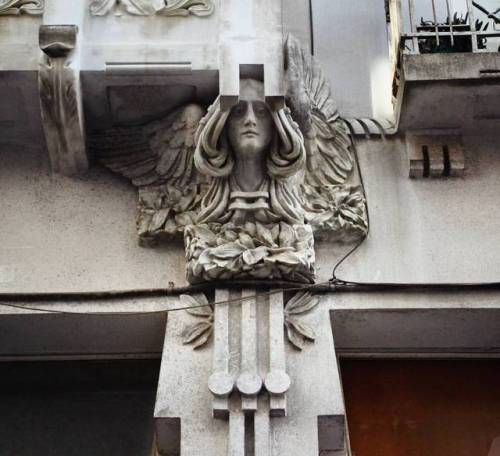#compostela

Just one week after touching down in the Spanish city of Alcalá de Henares, a UNESCO World Heritage Site that we are lucky to call our very own campus, the students of LIU Global’s Europe center set out for Spain’s northwest community of Galicia to commence walking the Camino de Santiago. The early morning five-hour train ride to Galicia carried us away from the urban hustle and bustle of the greater Madrid area, as we coasted along vast farmlands and quiet villages.
The Camino de Santiago, more commonly known as “El Camino”, is a pilgrimage walk leading to the magnificent Cathedral of Santiago de Compostela where the apostle St. James is thought to be buried. During the Middle Ages, most pilgrims had religious motives for completing the Camino, particularly the promise of total redemption from all sins; nowadays, the walk has a variety of non-religious meanings for people from all walks of life.
The Camino consists of various routes spanning both throughout Spain and across surrounding Europe. While the cathedral serves as a definite marker of the walk’s endpoint, both the route and total distance walked are unique to each person. Our class walked forty kilometers through the towns of Arzúa and O Pedrouzo over the span of two days, but others sometimes dedicate an entire year to walking much longer routes.
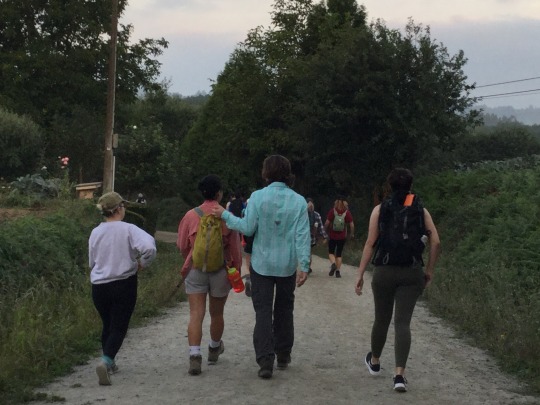
The Camino holds a different meaning for everyone that walks it. My classmates and I sought out to explore both what significance it holds for us, as well what it means to others walking. The walk is very much a no-frills experience: basic hostels, limited access to technology, and fitting all your belongings into a single backpack. Nevertheless, the lack of luxury is precisely the reason many people are drawn to the journey. The Camino exemplifies how instrumental forfeiting material concerns can be in creating an authentic space for internal reflection and meaningful interaction with others.
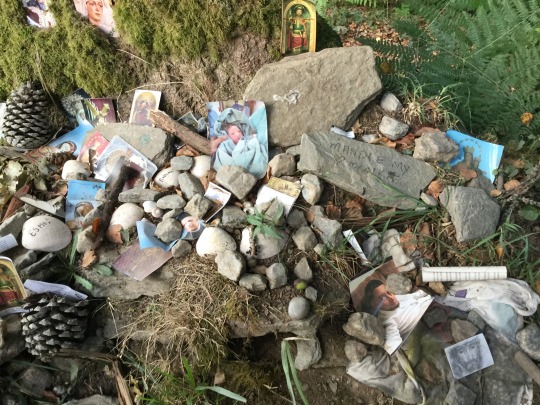
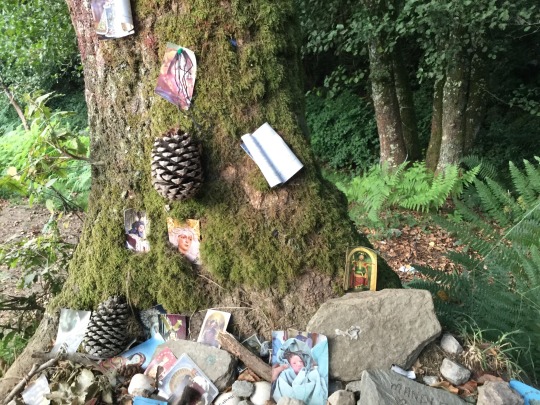
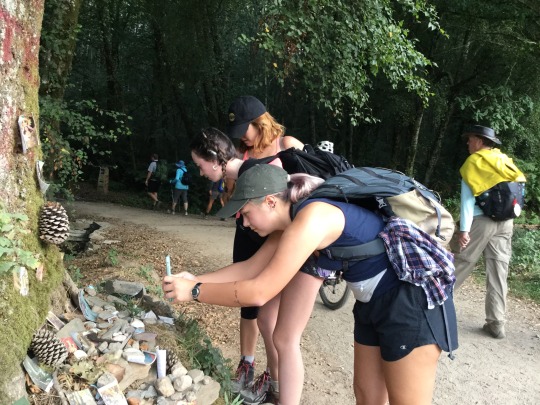
Just as each morning’s crisp air and morning dew eventually faded as the day went on, my discomfort and often trivial concerns dissipated as the days of walking progress. I instead became absorbed by the scenes of small brightly colored homes, farm animals, beautiful flora, and messages of encouragement scribbled everywhere. One message read, “viajar abre la mente”, which translates to travel opens the mind. While quite simple, I think this message truly embodies the Camino’s spirit of mental growth. The walk’s long dirt trails guided me through lush farmland and rich forests, but more importantly to an untapped mental space of reflection and gratitude. The journey gave me both the time and space to reflect on the past couple of months of travel throughout Europe and appreciate how fortunate I am to immerse myself in global experiences as meaningful as walking the Camino.

The Camino held a special meaning for each and every member of the LIU Global Class of 2021. Classmate Lilli Hoffman also found the experience to be a meaningful space for reflection. She says, “It was a time that I could spend a few days in nature quietly reflecting on the year previous and the year ahead. It made me feel like I was part of something a lot bigger than me, something that millions of people had walked before me. Just walking brought me a lot of clarity and made me want to go back and do a larger portion Camino in the future by myself.”
For Skylar Silvera, the Camino’s spirit of community was most meaningful: “Meeting people from all over the world, learning about different beliefs and hearing stories about loved one’s travelers dedicated their pilgrimage to, was such a beautiful experience that I know all of us to cherish deeply. Now I get to look back on these miles and think of the many before me that yearned to journey outside their tiny villages to seek a greater unknown, and feel lucky that I get to do that every day with the best people.”
While the Camino meant something unique to each of my classmates, I’m sure the experience will never fade from each and every one of our memories. In fact, many of us hope to return one day and challenge ourselves with a longer route. Before attending LIU Global, the Camino was something I had always heard about but never thought I would ever realistically have the opportunity to do. Needless to say, the Camino was such a meaningful addition to the Spain program this year and surely will continue to be in the years that follow.

From designing new art and stained glass for churches from Minnesota to Texas, last year was our busiest so far!
Now that we’ve all had a month or two to recover from the hustle and bustle of Christmas and the New Year, we can’t think of a better time than to consider the many and varied projects and other events that marked 2015 for Matthew Alderman Studios. We began 2015 with a commission for a design concept for a new altarpiece in a rectory chapel being designed by Curtis and Windham Architects in Sugar Land, Texas. The final painting would be done according to our cartoons by a local painter. The client was very impressed with the work of the early Netherlandish painters, but the finished design needed to complement a simple paneled classical interior. The central Crucifixion is flanked by images of St. Thomas the Apostle and St. Margaret of Scotland, the patron saints of the earthly patrons who funded the altarpiece. Local landmarks and the church and school itself appear in the background of the image.
Much of 2015 was spent working with Fr. Dwight Longenecker and his architect Christian LeBlanc on the furnishing designs for the new church building at Our Lady of the Rosary in Greenville, South Carolina, slated for dedication in mid-2016. Ground was broken on the building in July 2015. MAS has contributed designs for a new baldachin, altar, tabernacle shrine, faux-alabaster windows with geometric frames, column capitals, and other interior elements. Ratigan-Schottler is currently in the process of carrying out our designs. We are presently putting the final touches on a series of symbolic patterns for the floor.
MAS also undertook designs for a custom door with inset stained glass depicting symbols of the virtues of the Blessed Virgin for a church in Minnesota later in summer and fall. The highlight of our year, though, was Matthew being invited to teach a course on sacred architecture at the Pontifical University of the Holy Cross in Rome as part of a summer program for American seminarians, The Rome Experience, which earned Matthew, at least temporarily, the privilege of being called “professor.” Other adventures included a visit to a private archaeological dig in one of Trastevere’s most obscure churches and a tour of the Vatican Museums led by the distinguished Dr. Elizabeth Lev. Fall saw some time away from the desk, with Matthew accompanying his parents on a seventy-mile walking pilgrimage to Santiago de Compostela in Spain, a first for all three of them which earned them the official Compostela certificate.
Matthew also gave a presentation at the newly-opened Sheen Center in New York entitled “Unwreckovation” on the rehabilitation of church interiors, part of the Society for Catholic Liturgy’s 20th anniversary conference, which was well-received. The year ended with Matthew working on his third annual Christmas carddesign forFAITH Catholic Publishing, taking a well-deserved rest, and starting designs for a new stained glass window overseas, which we hope to share more about in future posts here.
This article is taken from the February-March edition of our studio newsletter. If you wish to subscribe, please send us a message or visit matthewalderman.com.

O triunfo da luz

O outono no parque da biblioteca xeral

Desde a Carballeira

Buscado a raiola

Busca a tua raiola

E as conversas q levan o ritmo do camiñar

Compostelanismo heroico e bretemoso
Vencendo a escuridade


Xa temos arbore de nadal

E que pode haber debaixo da praza da igrexa máis imponente do mundo? Aí está



Pouca chuva e menos xente

Colocando as luces do Nadal

Todos na rúa e é novembro!

A nosa catedral co sol de novembro

Resumindo 2020
En branco e negro aínda máis épica


